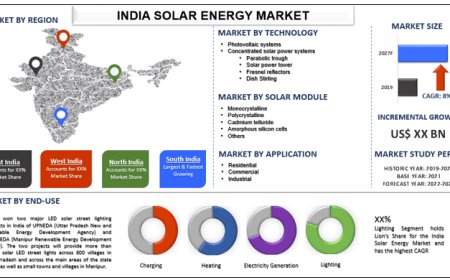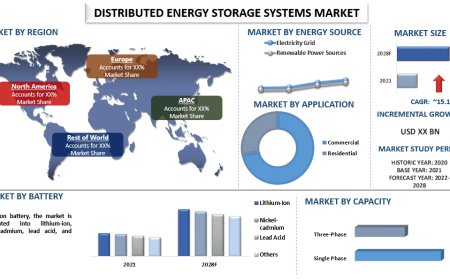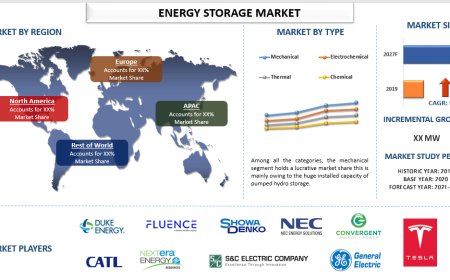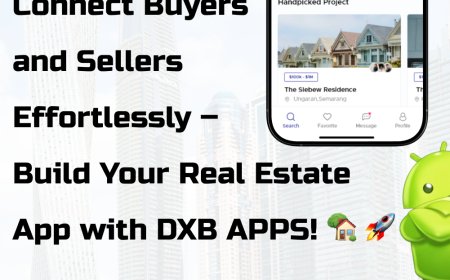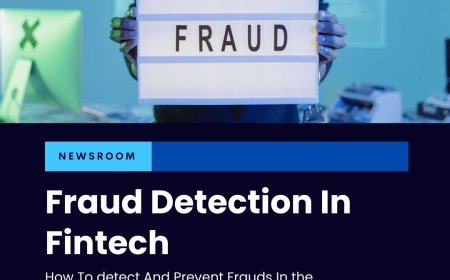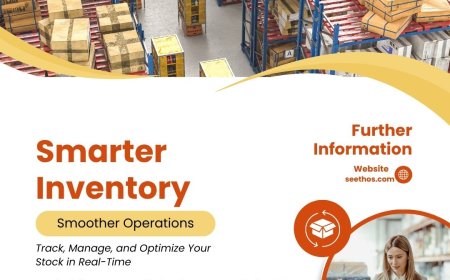Is Fintech Just Another SaaS? Debunking the Myths
Is fintech just another SaaS model? Explore fintech vs SaaS in depth, debunk common fintech myths, and understand how fintech SaaS is evolving.
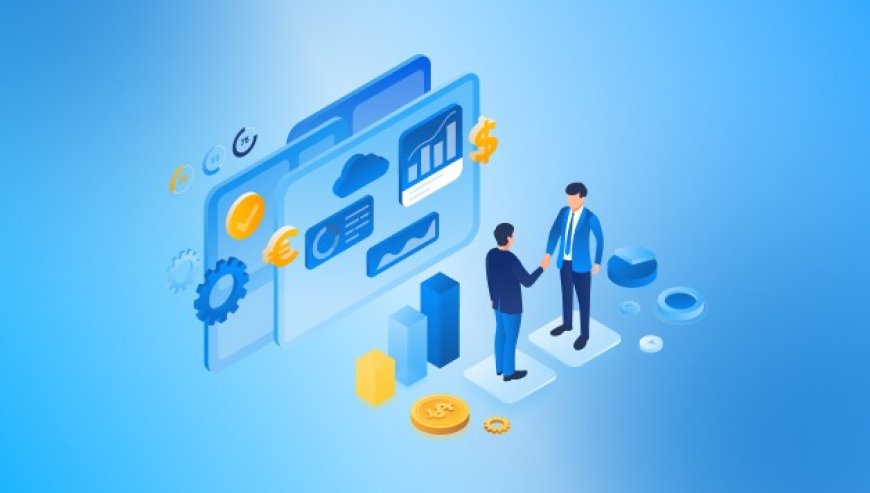
In the fast-evolving world of digital technology, terms like fintech SaaS have blurred the lines between financial services and cloud-based software platforms. While both fintech and SaaS leverage software to deliver value, they are not interchangeable. Still, many assume fintech is just a subset of the broader SaaS ecosystem. This article explores the Fintech vs SaaS debate, debunks common fintech myths, and clarifies how these industries overlap yet remain fundamentally different.
Understanding the Fundamentals
To understand Fintech vs SaaS, we must start with their definitions:
-
Fintech (financial technology) refers to software and platforms that enhance or disrupt traditional financial services like banking, investing, payments, and insurance.
-
SaaS (Software-as-a-Service) is a distribution model where software is accessed via the cloud, typically through a subscription. It serves multiple industries, not just finance.
While fintech often uses the SaaS business model, the core function of fintech goes beyond delivering softwareit facilitates financial transactions, risk assessment, and regulatory compliance.
Common Fintech Myths
1. All Fintech Companies Are SaaS Companies
One of the most persistent fintech myths is that all fintech platforms are simply SaaS providers. In reality, many fintech firms operate under hybrid models. They may generate revenue through transactions, lending, asset management, or partnershipsnot just through monthly subscriptions.
2. Fintech and SaaS Face the Same Regulatory Environment
Unlike general SaaS companies, fintech firms must comply with stringent financial regulationsKYC, AML, GDPR, PCI-DSS, and others depending on the region. This makes fintech more complex and risk-sensitive compared to other SaaS sectors.
3. Building Fintech is as Simple as Launching a SaaS Tool
Fintech startups require advanced infrastructure, trust-building mechanisms, fraud prevention, and often licensing. Collaborating with a saas development company can streamline this process, but the technical and legal challenges are significantly higher than with a standard SaaS launch.
Fintech vs SaaS: Where the Differences Lie
The distinction between Fintech vs SaaS becomes clearer when examining their structural and functional differences:
Revenue Models
-
SaaS relies on recurring subscriptions, often with freemium options and tiered plans.
-
Fintech uses varied revenue streams like interest spreads, transaction fees, investment management, or commission structures.
Customer Expectations
-
SaaS users seek usability and productivity.
-
Fintech users demand security, reliability, and financial returns.
Compliance Requirements
-
SaaS tools may deal with GDPR and data security, but fintech faces additional hurdles due to financial regulations and national oversight.
Product Delivery
-
SaaS products typically serve B2B markets (e.g., CRMs, ERPs).
-
Fintech solutions are often B2C (e.g., digital wallets, robo-advisors), although B2B fintech is also growing through platforms like fintech SaaS.
The Rise of Fintech SaaS
The convergence of these two sectors has created a new categoryfintech or SaaS. These platforms offer financial capabilities (payments, banking, compliance) using SaaS infrastructure. This model allows traditional SaaS startups to enter finance and lets fintech companies benefit from cloud scalability and faster deployment cycles.
Companies such as Plaid, Marqeta, and Solarisbank are leading examples of this fusion, providing APIs and white-label fintech services through subscription or usage-based pricing.
When Fintech Uses the SaaS Business Model
There are several cases where fintech companies adopt the SaaS business model effectively:
-
RegTech Platforms: Offer compliance tools to banks and insurers on a recurring basis.
-
Banking-as-a-Service (BaaS): Allows neobanks to launch quickly using existing financial infrastructure.
-
Payment APIs: Used by eCommerce and service platforms to process secure transactions with predictable pricing.
This crossover works best when the complexity of fintech is abstracted through user-friendly SaaS layers, often built by a specialized saas development company.
Choosing the Right Path: Fintech, SaaS, or Both?
Startups entering the digital finance space must decide whether they want to be a full-stack fintech operator, a fintech vs SaaS enabler, or a hybrid. This choice will impact their compliance obligations, go-to-market strategy, and capital requirements.
In cases where speed and scale are priorities, fintech and SaaS offers a practical route. However, it requires deep collaboration between product, legal, and tech teams to meet both financial and software benchmarks.
Conclusion
The assumption that fintech is just another version of SaaS oversimplifies the reality. While there are similarities in delivery models, the core objectives, compliance obligations, and customer experiences differ significantly. The Fintech vs SaaS comparison shows that both have distinct strengths and challenges.
As fintech SaaS continues to grow, its bridging the divideoffering secure, scalable financial tools through familiar SaaS frameworks. Yet, the complexity behind fintech operations, especially in regulated markets, should not be underestimated.












